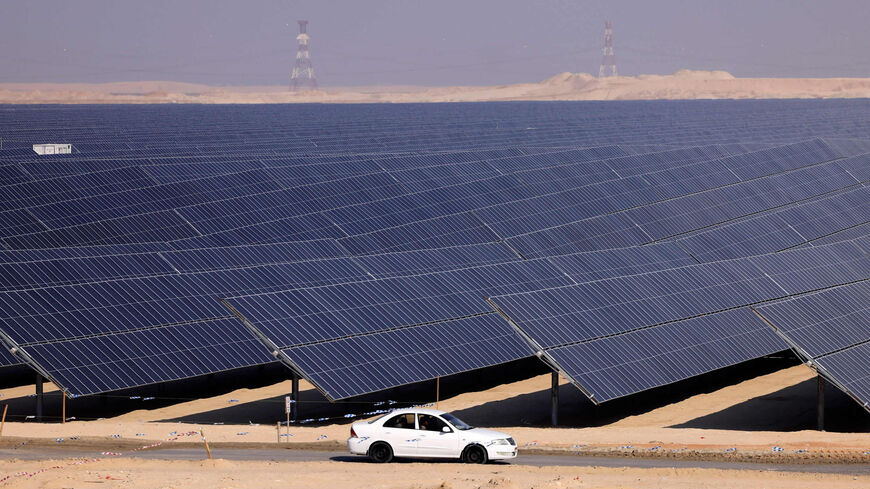According to the annual global electricity review by energy think tank Ember, it appears that the amount of electricity and greenhouse gas emissions from fossil fuel-fired power plants likely peaked in 2023. This suggests a significant milestone for humanity, indicating that countries may never generate as much electricity from fossil fuels again.
The review also highlights that a record 30 percent of global electricity came from renewable sources last year, primarily driven by the expansion of solar and wind power. Additionally, there’s a projected 2 percent decline in fossil fuel-powered electricity for 2024, signaling a potential drop in pollution from the power sector, with Ember anticipating further declines in the long term.
Ember’s insights director, Dave Jones, emphasized that “the decline of power sector emissions is now inevitable,” noting that 2023 was likely a pivotal moment in the history of energy. However, the pace of this transition depends on the continued momentum of the renewables revolution.
However, the transition could be progressing more rapidly if not for the US, which remains the world’s largest gas producer and consumed record amounts of gas last year. Ember’s findings indicate that without the US, global electricity generation from gas would have decreased in 2023. The US significantly increased its electricity generation from gas, exacerbating the transition to cleaner energy.
One of the main challenges is that the US is replacing aging coal-fired power plants with gas-fired ones instead of pursuing carbon pollution-free alternatives, further perpetuating reliance on fossil fuels. Despite President Joe Biden’s goal of achieving 100 percent carbon pollution-free electricity by 2035 and substantial investments in clean energy, legal constraints limit the administration’s ability to mandate a transition to cleaner energy sources.
On a positive note, renewables have become increasingly affordable, with solar emerging as the cheapest source of electricity in history and experiencing consistent growth. Former UN official Christiana Figueres highlighted that outdated technologies can no longer compete with the advancements and cost reductions in renewable energy and storage.
Ember’s report aligns with predictions from the International Energy Agency (IEA), which declared the transition to clean energy as “unstoppable.” The IEA forecasts a peak in global demand for coal, gas, and oil this decade, with renewables projected to constitute nearly 50 percent of the world’s electricity mix by 2030. The report also reflects optimism following pledges from over 130 countries to triple renewable energy capacity by 2030, potentially increasing global renewable electricity to 60 percent by the end of the decade.















































